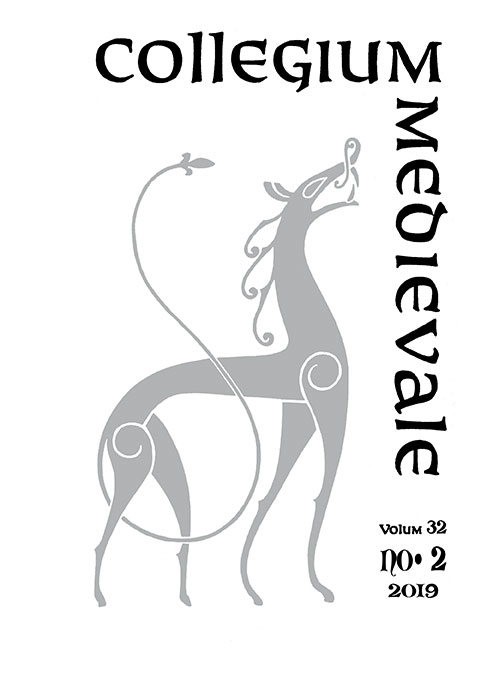Sammendrag
The article discusses the decline in regicide and conflicts over the succession in Scandinavia from the twelfth to the sixteenth century, expressed in the contrast between 22 cases of regicide before 1200 and one after. Whereas this development has often been regarded as a symptom of more fundamental social change, it is here largely regarded as the real cause: new rules for the succession made conflict less likely. Nevertheless, rules are not sufficient in themselves, they have to be respected, which to some extent will be the result of social change. The transition to peaceful succession according to clear rules is then traced through three stages: (1) hereditary kingship in which all descendants of a king have equal rights without any central institution to choose between them, (2) reduction of the number of heirs with priority for the previous king's eldest legitimate sons, combined with a reduction of the number of institutions involved in the election and (3) similar rules as in 2, combined with one, central elective institution, the council of the realm, which expresses the consolidation of the aristocracy around the king.
Forfattere beholder opphavsretten og gir tidsskriftet rett til første publisering av arbeidet. En Creative Commons-lisens (CC BY-SA 4.0) gir samtidig andre rett til å dele arbeidet med henvisning til arbeidets forfatter og at det først ble publisert i dette tidsskriftet.

